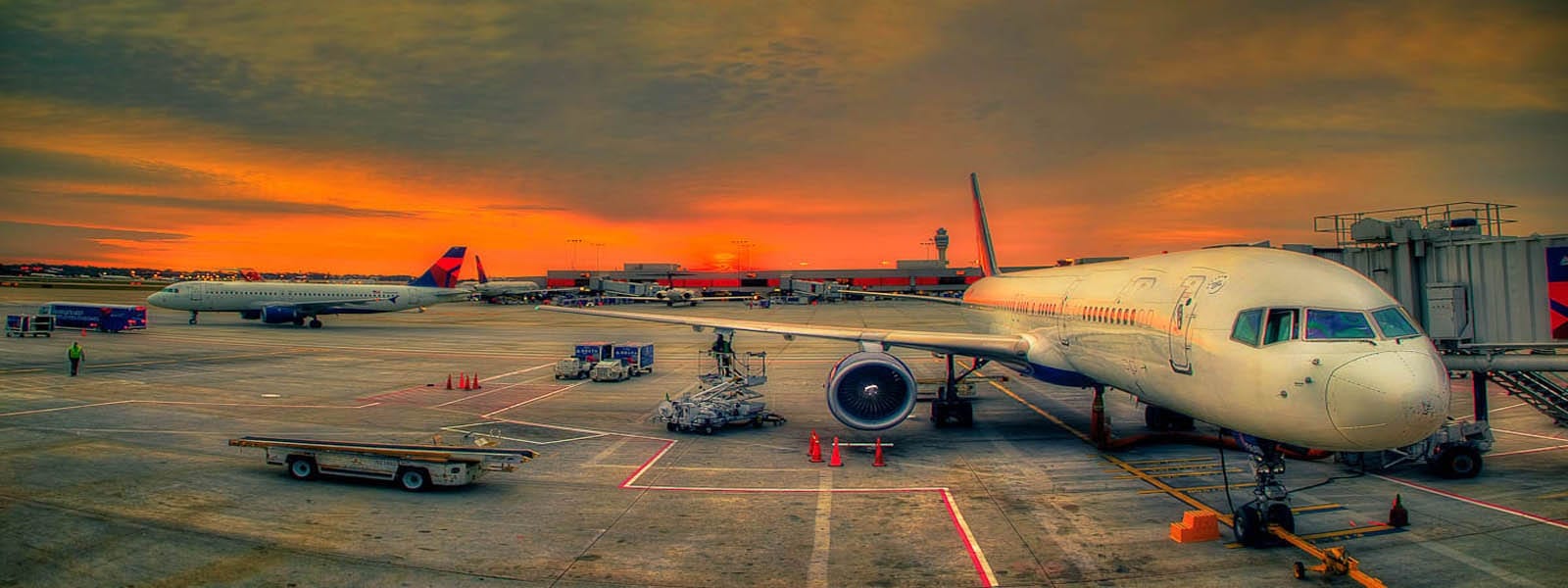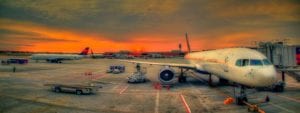
Airplanes at King Shaka International Airport in Durban, South Africa. Picture: Supplied.
The report looked at 138 countries and analysed factors that impacted each economy. Having efficient and reliable road, rail, air and port infrastructure was highlighted as a key contributor to the economy.
If such modes of transport are reliable and easy to use, it boosts productivity as citizens can commute to their jobs with ease and there is also a good flow of goods and services that can reach markets inside and across the country’s borders efficiently.
The report also indicated that air transport infrastructure outperformed other transport infrastructure in the country.
Investing in transport infrastructure
Over the years, Airports Company South Africa’s (Acsa’s) has invested considerably in the expansion and maintenance of its nine airports across South Africa.
Acasa’s initial programmes focused on airport infrastructure as there was a need to expand structures and airport facilities. Since 1993, these programmes have supported an increase in passenger numbers from 6.5million to just under 40 million to date.
Many experts in the industry are calling for more investments in the transport sector, with sustainable infrastructure development being emphasised in many planning processes.
Transport infrastructure was high priority in 2010 when the country hosted the Soccer World Cup. This sped up the launch of new and improved roads and even a new airport – King Shaka International Airport in Durban, KwaZulu-Natal.
Looking forward, Acsa has announced plans to invest R28 billion into air infrastructure. This will be used to add capacity at airports, and for maintenance, refurbishment and the replacement of existing facilities.
Also, more recently, improved road infrastructure is of high priority, especially in Johannesburg, South Africa’s most densely populated city.
Mpho Kau, the head of infrastructure at the Johannesburg Roads Agency (JRA), said that on average, Johannesburg’s population size grows by approximately one million people a year.
This has placed intense pressure on the city’s road infrastructure, and the JRA, which said it only has access to R15,000 a month, said investment was desperately needed for the agency to do more in such a large city.
However, despite the agency’s current insufficient funding, it said it plans on developing new infrastructure through a five year strategy.
Leading Africa
South Africa is one of the continent’s leading countries, with one of the strongest economies, however, countries such as Nigeria, Kenya and Ghana have also noted the value that quality transport infrastructure provides to their economies.
In Ethiopia, plans to build a new $4 billion (R54 billion) have been announced. It is said that this airport will have a capacity for more than 100 million passengers per year and will boast four runways. The aim of this airport is to serve as the key hub in East Africa.
A similar gateway to East and Central Africa is provided by Jomo Kenyatta International Airport in Nairobi, Kenya, and on the opposite side, Ghana is investing in improving its airport infrastructure, hoping to provide a key hub in West Africa.
As far as rail and road transport infrastructure goes, many cross border routes are well constructed, but sometimes not well managed. Efficiency across borders boosts trade relations between countries, positively contributing to economies and should be priority to trading countries.
However when it comes to rail, many still wonder when the Cape to Cairo railway route will reach completion as major investment, planning and management is still required in northern Sudan and Uganda to strive towards the completion of this mega project.









